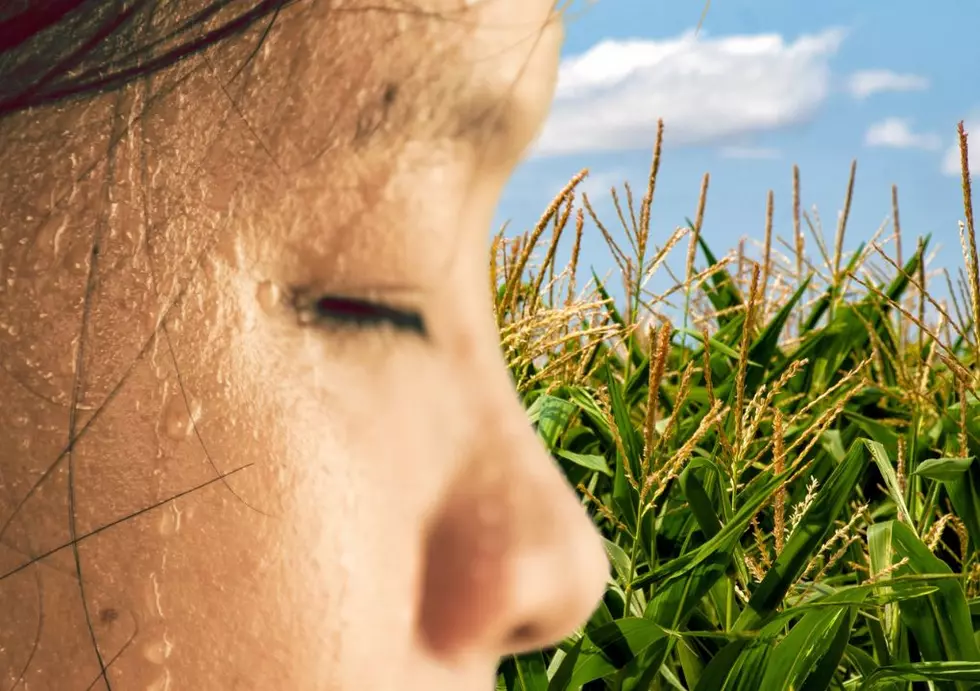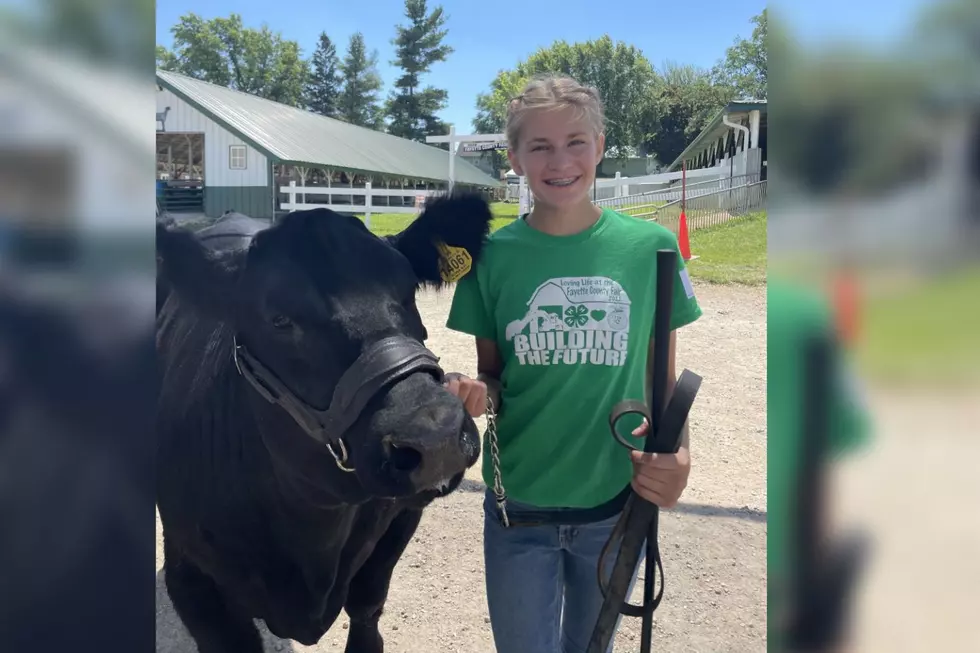
Corn Tar Spot Makes An Early Appearance In Eastern Iowa
Just before July even began last week, Iowa State University Extension Field Crops Pathologist Alison Robertson received a report of a black spot in a field in Central Iowa.

Now, this wasn’t just any black spot, it is the first sighting of tar spot for Iowa’s 2022 growing season.
Tar spot is a fungal leaf disease of corn. It can be identified by glossy black raised lesions on leaves. As the disease progresses these lesions become surrounded by dead tissue. It can be easily found in a field if there is a severe case, however, low levels make it easily overlooked and mistaken as spots from insects or debris.
In severe cases, it can reduce yields by limiting photosynthesis causing premature leaf death and decay. According to Progressive Farmer, yield losses can be minimal to none or can be 50 bushels or more.
Since the first report from a central Iowa field on June 30th this year, two other counties in Eastern Iowa have also reported tar spot. Jones County also reported the disease on June 30th and Muscatine County reported the disease on July 1st.
An article in Progressive Farmer says the disease typically shows up in corn crops “during the critical reproductive and grain-fill stages in mid-July to early August, or later.” The June reports are pretty early for Iowa.
For the month of June, most of Iowa has been at high risk for tar spot. Robertson reminds farmers that it is very important to get out and scout fields for the disease.
Besides Food, What Are Soybeans Used For?
Preparing For Power Outages On The Farm
More From 94.1 KRNA









